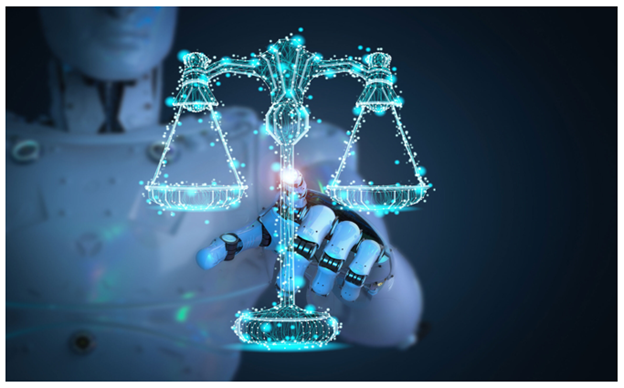Mitigating AI Risks

Artificial Intelligence (AI) offers many opportunities for innovation and efficiency, but it also carries significant risks that must be carefully managed.
One of the main concerns is that AI systems can sometimes make decisions that are difficult to interpret, leading to a lack of transparency and accountability. Additionally, AI can produce unintended and harmful outcomes, such as biased decisions or privacy violations.
To mitigate these risks, it is essential to establish strong governance frameworks, ensure transparency in AI processes, and incorporate human oversight. By doing so, organizations can leverage the benefits of AI while minimizing its potential negative impacts.
What Is Responsible AI?
Responsible AI is an approach to developing, evaluating, and deploying artificial intelligence systems in a safe, trustworthy, and ethical manner. AI systems are the result of many decisions made by the people who design and use them. From the system’s purpose to how users interact with it, responsible AI aims to guide these decisions toward more beneficial and equitable outcomes.
This means placing people and their goals at the center of design decisions, while upholding core values such as fairness, reliability, and transparency.
In the next unit, we will explore the six principles of responsible AI according to Microsoft and GitHub.
